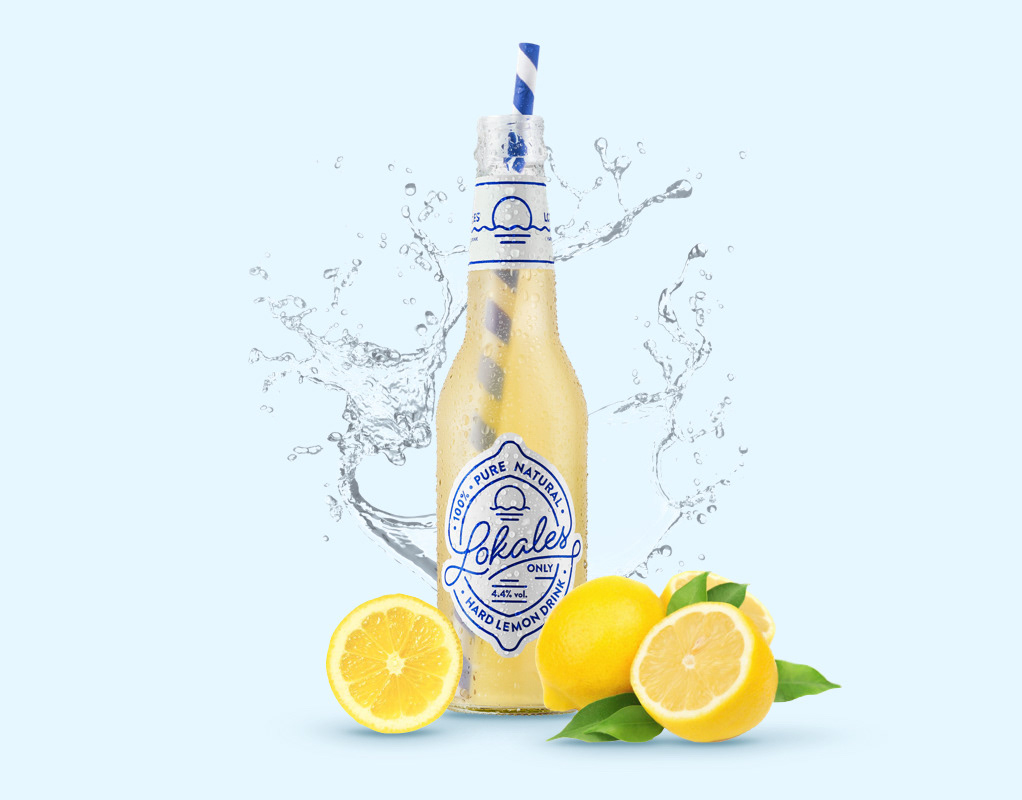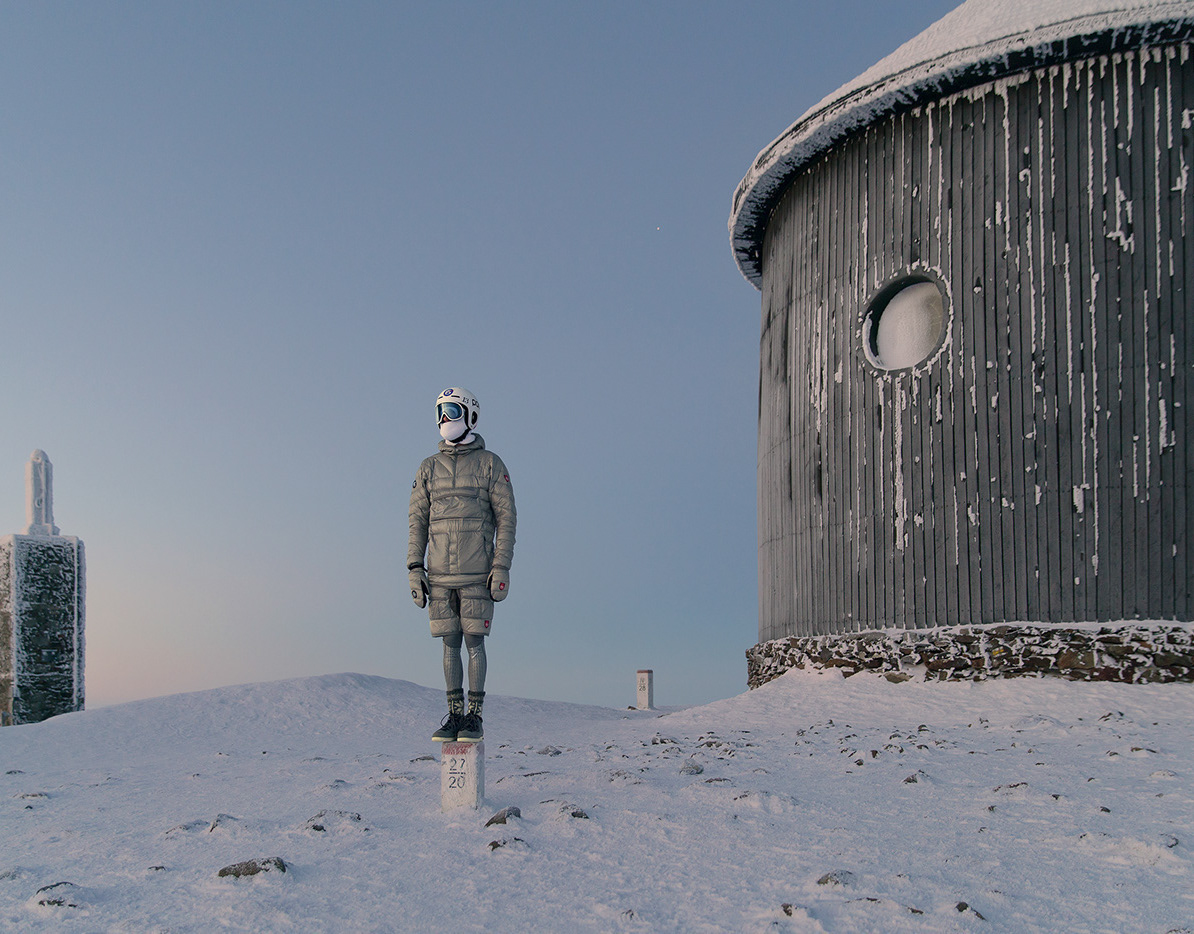Sirene Yacht
36m PowerYacht
36m PowerYacht
Description
The Sirens or Mermaids were odd looking creatures who had features of a bird from the waist down and a body of a woman from the waist up. The Sirens were thought to be three in number, but that is not certain. The most common names were Teles, Raidne, Molpe,Thelxiope, Aglaophonus, Parthenope, Ligeia, and Leukosia.
It is said that the Sirens induced by Hera competed with the Muses in a singing contest and lost. The Muses plucked the Sirens of their feathers and wore them as a trophy. With their feathers plucked the Sirens were no longer able to fly and turned half of their body into a fish tail.
Half-woman and half-dolphin or fish depiction's today are more common than the early sixteenth century part woman, dolphin and lion. The fish tail was thought to be shed when needed to make the mermaid more attractive to men. There is a theory that mermaids were actually misidentified sea-cows, mamals or porpoises.
Place
Sirens lived then on an island, called Anthemoessa, in the sea between Sicily and Italy. Huge boulders surrounded their island where ships would be destroyed if they ventured too closely.
Role
The Sirens sang songs to sea travelers to lure them to their deaths. Their songs were enchanting and would make sailors forget their sense of direction. The sailors would steer straight toward the island and crash into the rocks that surrounded it.
The island grew white with bleaching bones, from which the Sirens would make musical instruments. According to Appolodorus, the talented Sirens boasted not only a vocal trio, but a small instrumental ensemble, two accompanying the third on lyre and flute.
Powers
The sound of the mermaid singing was once thought to be a reason for sailors meeting disaster, as the haunting lilting voice was said to be heard c oming from the waves forecasting bad weather.
Mixed omens surround the stories of their sudden appearance being feared but also known to have saved the lives of sailors who had fallen overboard. Women saw them as enemies, as they were often thought to seek out men as partners, getting married, turning their partners into 'mermen'. Medieval engravings have shown the mermaid to carry a small hand-mirror, which is the attribute of the prostitute.
Rejecting the approach of a mermaid was thought to bring severe misfortune to the man, and if she was injured a period of misfortune would meet a crew or coastline. Yet despite all this, the mermaid is currently viewed as a gentle creature kind in nature.
The Sirens or Mermaids were odd looking creatures who had features of a bird from the waist down and a body of a woman from the waist up. The Sirens were thought to be three in number, but that is not certain. The most common names were Teles, Raidne, Molpe,Thelxiope, Aglaophonus, Parthenope, Ligeia, and Leukosia.
It is said that the Sirens induced by Hera competed with the Muses in a singing contest and lost. The Muses plucked the Sirens of their feathers and wore them as a trophy. With their feathers plucked the Sirens were no longer able to fly and turned half of their body into a fish tail.
Half-woman and half-dolphin or fish depiction's today are more common than the early sixteenth century part woman, dolphin and lion. The fish tail was thought to be shed when needed to make the mermaid more attractive to men. There is a theory that mermaids were actually misidentified sea-cows, mamals or porpoises.
Place
Sirens lived then on an island, called Anthemoessa, in the sea between Sicily and Italy. Huge boulders surrounded their island where ships would be destroyed if they ventured too closely.
Role
The Sirens sang songs to sea travelers to lure them to their deaths. Their songs were enchanting and would make sailors forget their sense of direction. The sailors would steer straight toward the island and crash into the rocks that surrounded it.
The island grew white with bleaching bones, from which the Sirens would make musical instruments. According to Appolodorus, the talented Sirens boasted not only a vocal trio, but a small instrumental ensemble, two accompanying the third on lyre and flute.
Powers
The sound of the mermaid singing was once thought to be a reason for sailors meeting disaster, as the haunting lilting voice was said to be heard c oming from the waves forecasting bad weather.
Mixed omens surround the stories of their sudden appearance being feared but also known to have saved the lives of sailors who had fallen overboard. Women saw them as enemies, as they were often thought to seek out men as partners, getting married, turning their partners into 'mermen'. Medieval engravings have shown the mermaid to carry a small hand-mirror, which is the attribute of the prostitute.
Rejecting the approach of a mermaid was thought to bring severe misfortune to the man, and if she was injured a period of misfortune would meet a crew or coastline. Yet despite all this, the mermaid is currently viewed as a gentle creature kind in nature.










